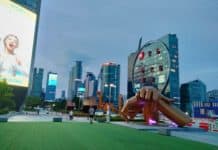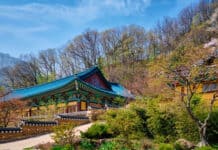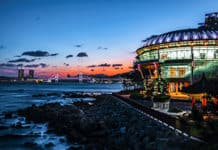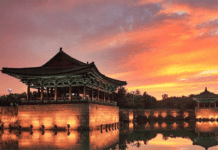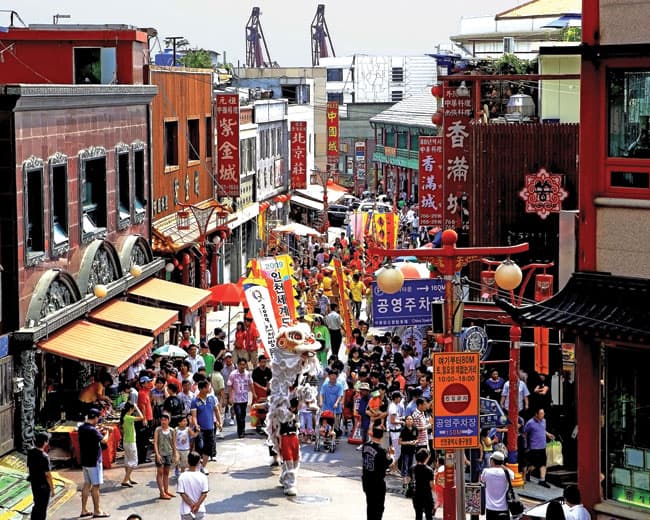
Korea Tourism Organization’s MICE division invites meeting, incentive and event planners to experience: Korea Beyond Meetings. Indeed the concept of experiential travel has matured beyond boardroom meeting experiences, putting into play more exotic and less-familiar destinations. Enter South Korea, viewed as a clean, green and efficient, enjoying a highly developed infrastructure. Seoul in particular is setting its sights on showcasing to planners the most creative and authentic ways to make meeting in Korea a memorable experience: culturally rich, foodie fabulous, spiritually peaceful, people-friendly fun. Consider just a sampling of the “beyond meetings” possibilities.
Experience Strolling like a King
Groups can experience what the Joseon Dynasty (1392-1897) would have been like by taking a stroll through gardens, pavilions, gates and corridors of Seoul’s five Royal Palace complexes: Gyeongbokgung (with the grandest throne hall courtyard), Changdeokgung, Changgyeonggung, Deoksugung (the dynasty came to its political end here) and Gyeonghuigung. These are the final residences of Korea’s longest reigning royal family. And Seoul’s eclectic range of unique venues has been given a royal boost with nine new meeting spaces, all within the royal palaces; the stately venues, and meeting experiences therein, are suitable for groups up to 40 persons.
Experience Seoul Food
Specialties come from all corners of the country. They also come in colorful hues and offer amazing tastes, sometimes plain, sometimes fancy. Korean food is fun, when an expert leads diners through a traditional full-course Korean meal, called hanjeongsik, made up of dozens of dishes, but planned for harmony of nutrition, color, ingredients, and spices. The Korean BBQ, on the other hand, features all you can eat as cook up your own assemblage of beef and pork, garlic, onions and peppers.
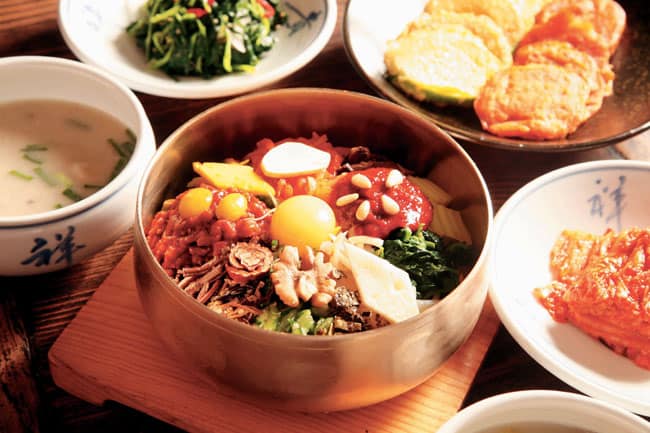
Dive even further into Korea’s unique food culture and a schedule cooking class, a culinary class on traditional Korean foods such rice cakes or various kinds of kimchi, as well as different “Court Cuisine” specialties. For indeed, Korean food is royal, served on a single table in a coordinated array of side dishes called cheops. The lavish 12-cheop table (or surasang) was for the king, and planners will want to consider different ways to present the lavish Royal Feast experience.
Experience a Folk Village
To get a real sense of how Korea looked, felt, sounded and smelled prior to the 20th century, groups can experience a folk village. The finest example is the Hahoe Folk Village, a Unesco World Heritage site outside some way from Andong (4 hours by train from Seoul). More than 200 people continue to live here in hanoks (traditional wooden homes), maintaining old ways and customs, even inviting visitors to spend the night in their private homes. Closest to Seoul is the Bukchon Hanok Village, with some 900 hanoks, the largest concentration of traditional homes.
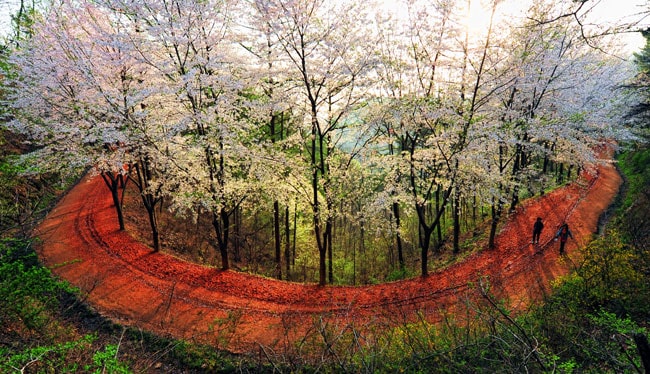
Experience a Temple Stay
Temples offer groups a unique cultural asset and perspective on the lifestyle of the monks who preserve the 1700-year old history of Korean Buddhism at traditional temples. Among the more than 100 temples across the country, a dozen accept groups of foreigners, introducing them to Buddhist rituals, Zen meditation and tea ceremonies. Other activities may include mountain trekking, lotus-lantern and rubber-stamp making. An incentive travel planner might expand on this inspirational experience by offering overnight temple stays in these incredibly beautiful places.
Experiences for Spouses
The Dongdaemun Market is a great spot for trendy clothes, shoes and fashion accessories at affordable prices. Alternately, the top-of-the-line in retail experiences take place in the chic Gangnam district, where local designers share the spotlight with Chanel and Louis Vuitton; leave time to visit the Simone Handbag Museum, shaped like a handbag, with some 300 purses on view, a virtual history of handbags, plus a workshop to watch production and handbags to buy.
For art aficiandos, essential touring, in the company of an art historian, includes the National Folk Museum, Leeum Samsung Museum of Art, Seoul Museum of Art and Design Plaza and Park (an architect Zaha Hadid project).
Foodies will want to sign up for the Pulmuone Kimchi Museum’s special experience of making kimchi, Korea’s most representative dish.
And if the spirit calls: Experience and enjoy Bulgeum, in Korean, bul = fire, geum = Friday, and for a fired-up Friday night, buy an entry ticket to 13 top clubs and bars in the Gangnam district and party the night away.-Carla Hunt



